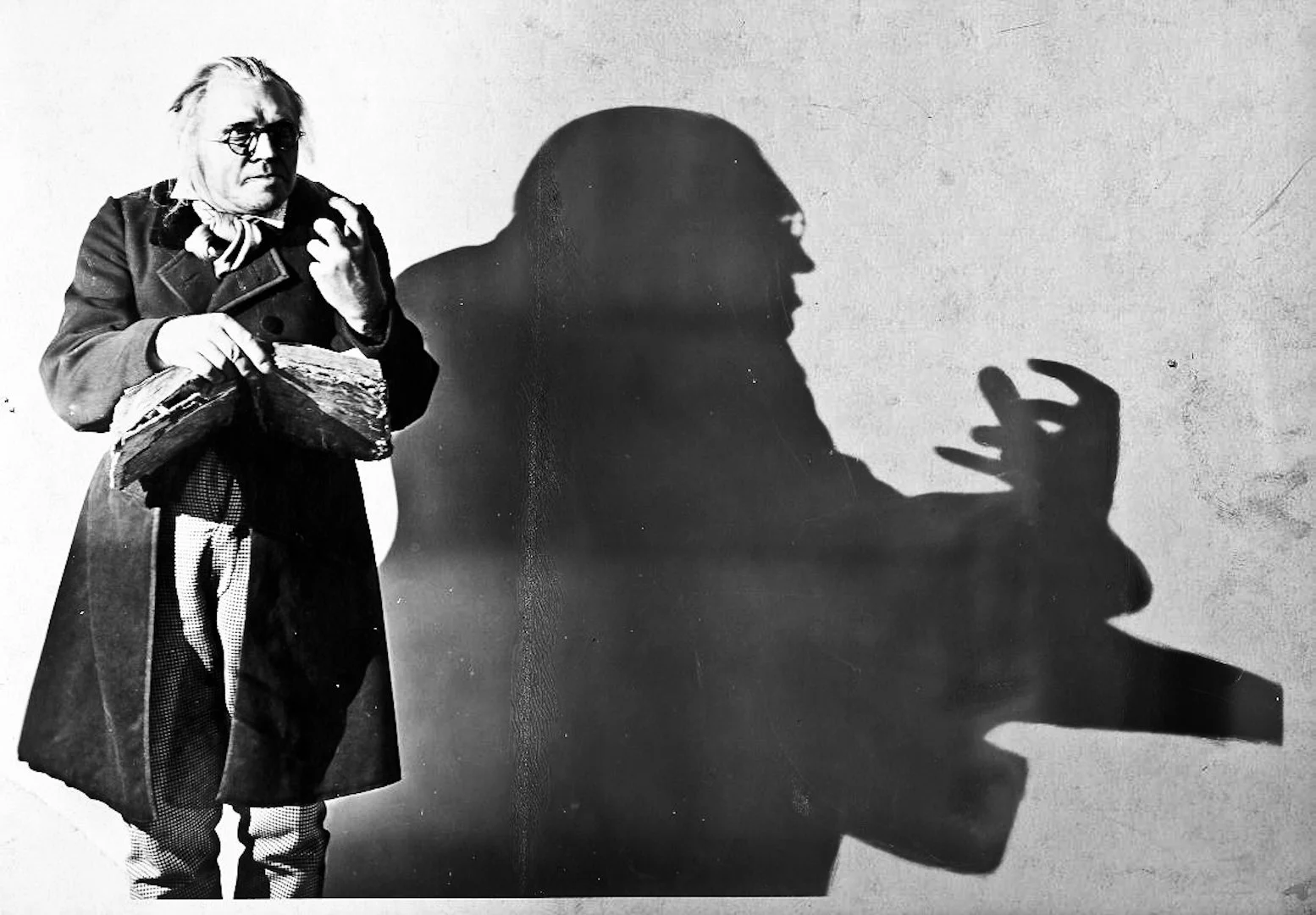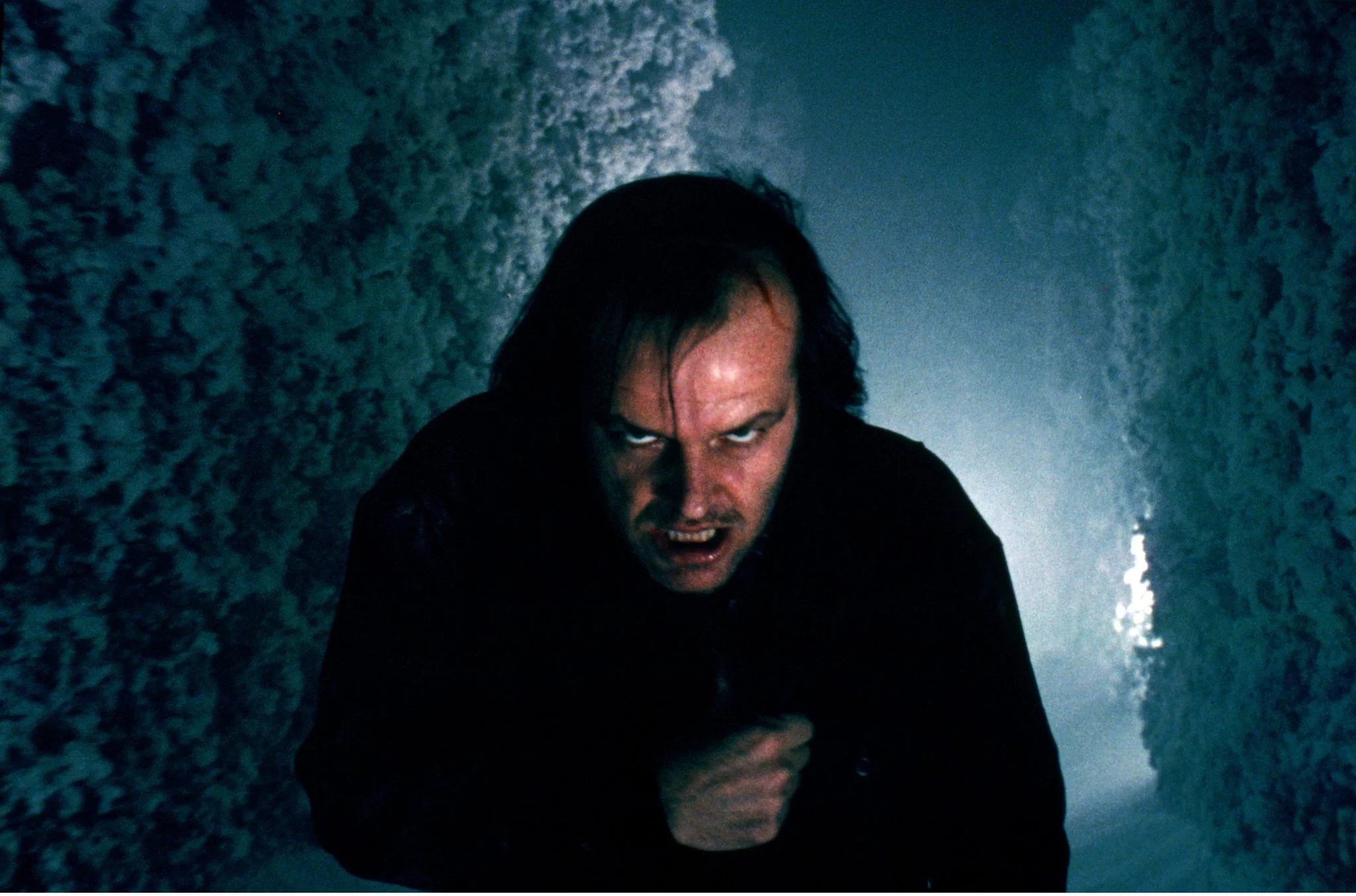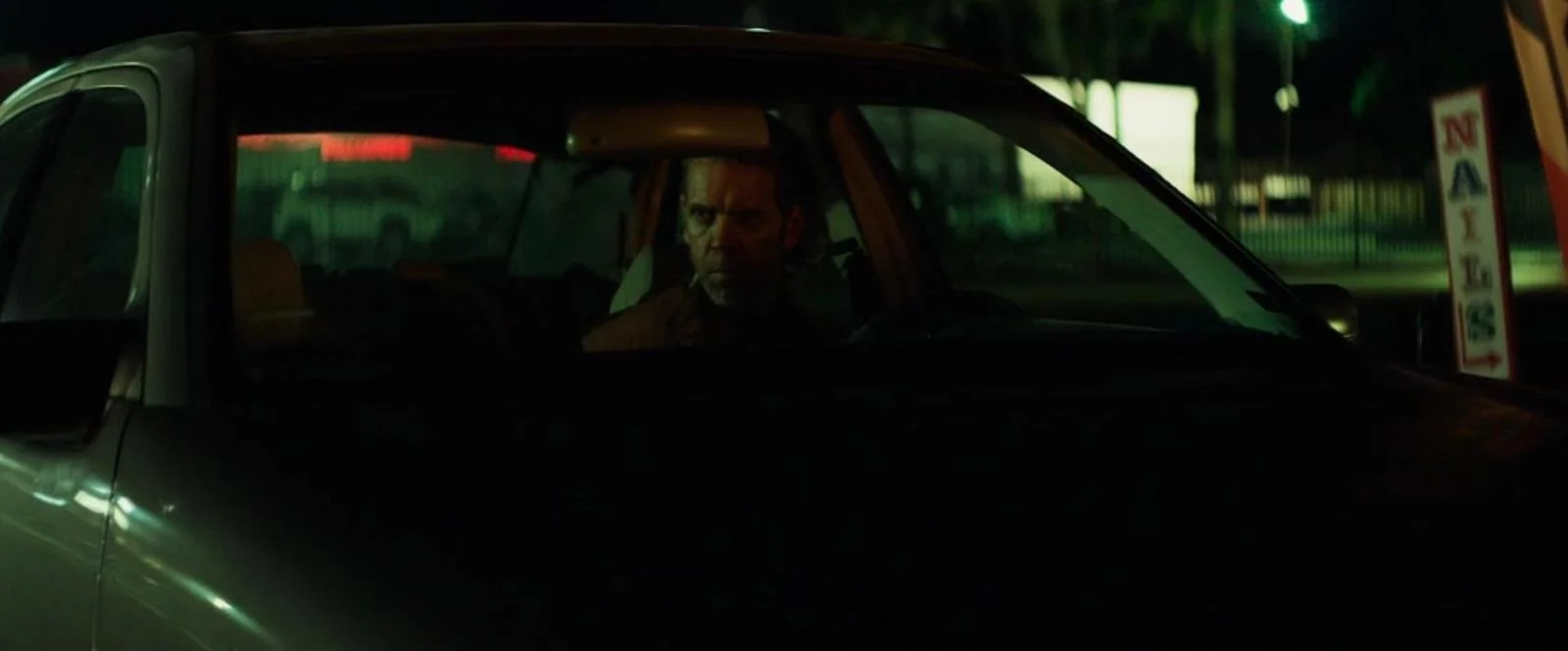The Formula for a Great Horror Film
2022 NEER Nightmares - Part 2
NEER Artist Geoff George - Cinematographer of “My Blood”
There is something about human fear that storytellers have always wanted to tap into.
A horror film taps into the primal fears of humans. Contemporary horror is successful when the audience suspends disbelief.
A good horror film embraces what the audience craves, yet subverts their expectations. It doesn’t always work - evidenced by the massive number of failed horror projects. But when done right, the horror genre can elicit the biggest emotional response from audiences.
Throughout the decades, our lighting and cameras have advanced. But much of the grammar and structure of film work the same. Some of the same things that worked decades ago still work now.
“A good horror film embraces what the audience craves, yet subverts their expectations…When done right, the horror genre can elicit the biggest emotional response from audiences…”
The play between light and shadow in Nosferatu, or the Cabinet of Dr. Caligari.
The suspenseful, long steadicam shots in The Shining…the way closeups in the film capture fear and insanity on the actor's faces and build intensity over the course of the film. I think of that uneasy tone that Ari Aster reveals in his body of work.
As time progresses, our films echo the past and build upon what has worked.
My Blood was made with minimal budget over the course of a winter with the Deka Brothers directing. They are truly visionary filmmakers who brought a lot to the table to bring their vision and the universe of My Blood to life.
I took a lot of inspiration from their own previous work, their storyboards, and the mood they established early on in pre-production with their script and treatment.
As we got into production, we were inspired to push our look and visuals beyond what was normally possible at our budget level. We were looking at films with way bigger budgets — Se7en, The City of Lost Children, Under the Skin. I am always inspired by the work of Darius Khondji and Jordan Cronenweth, but this film in particular found me drawing inspiration from their lighting and lensing.
With our minimal budget we were again finding ways to achieve our shots.

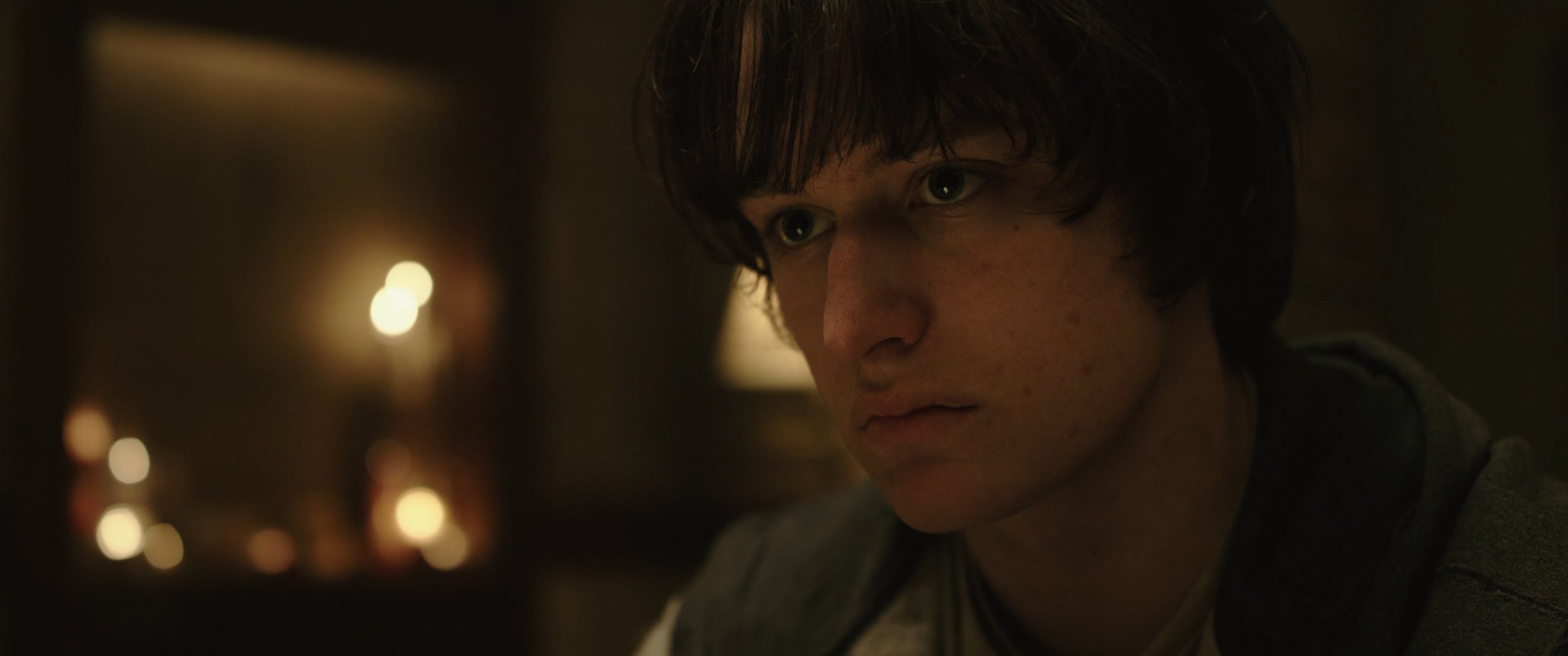
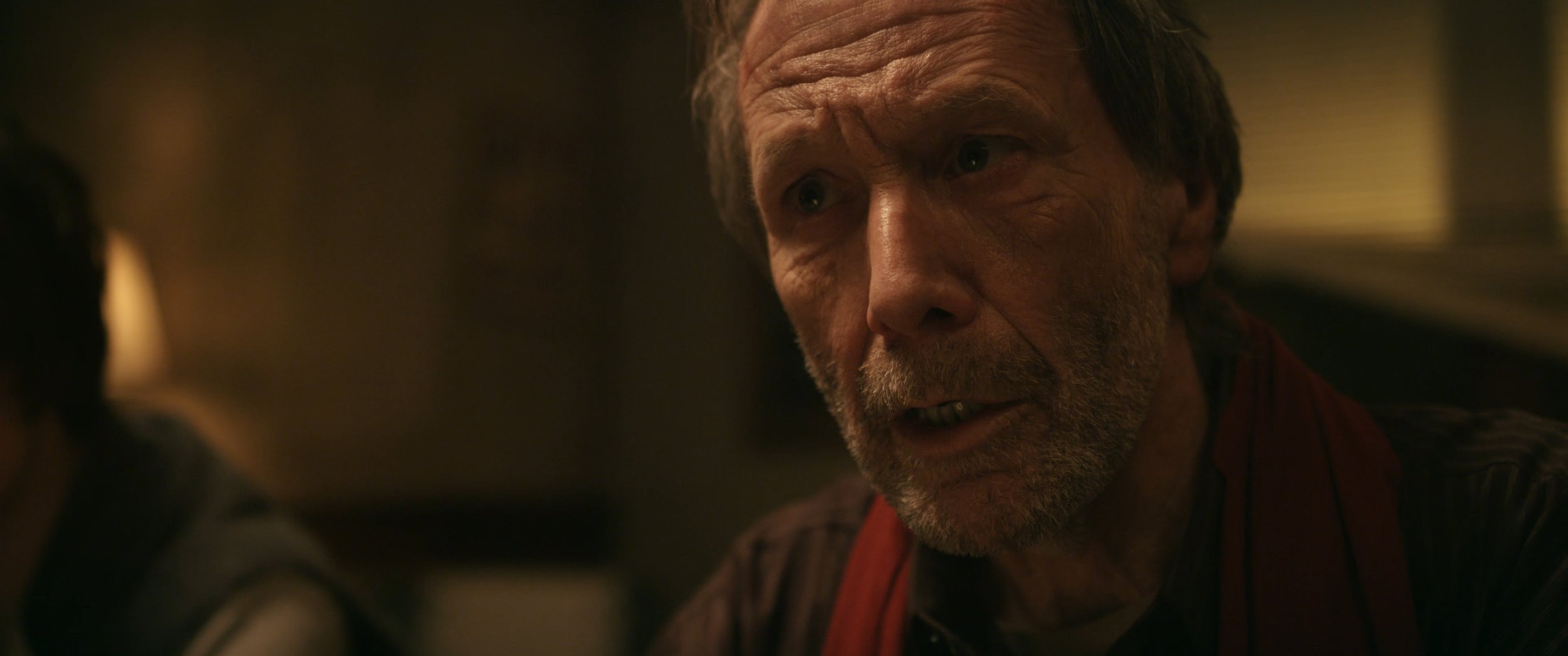




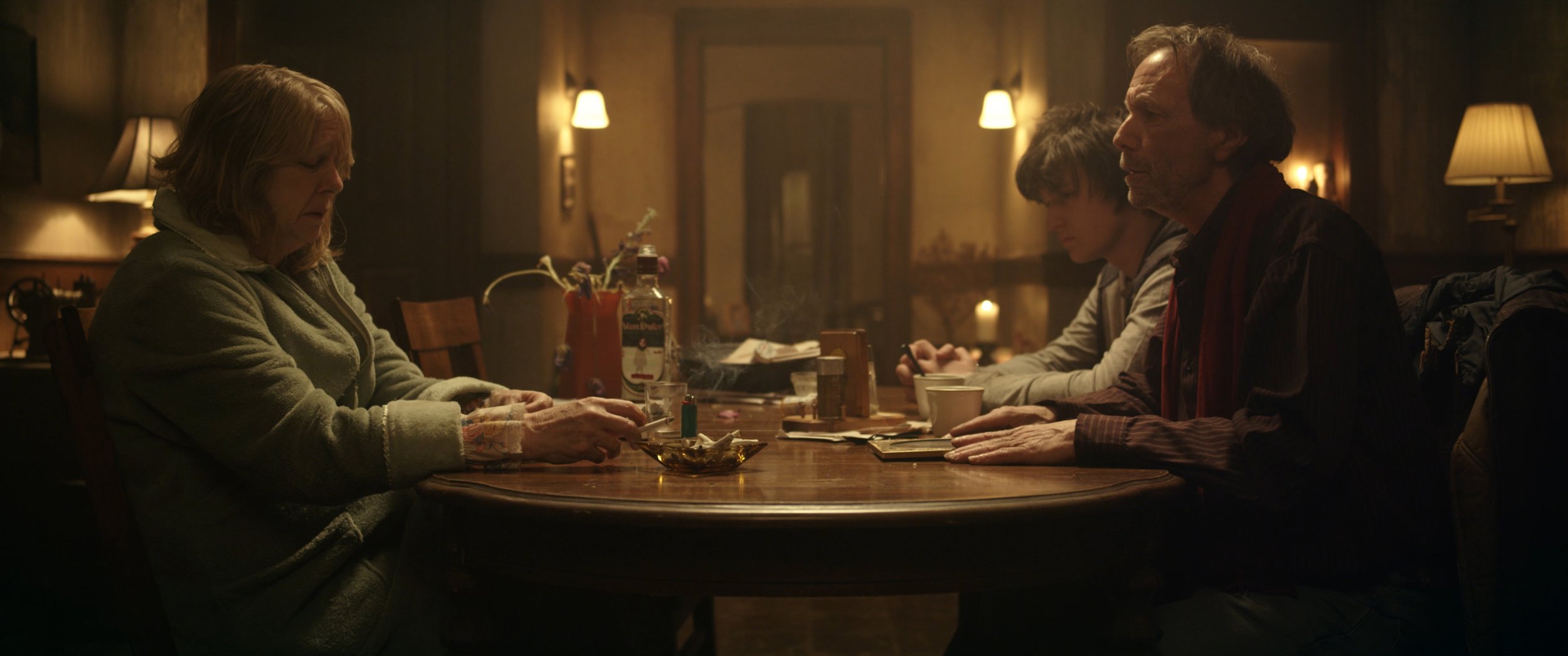


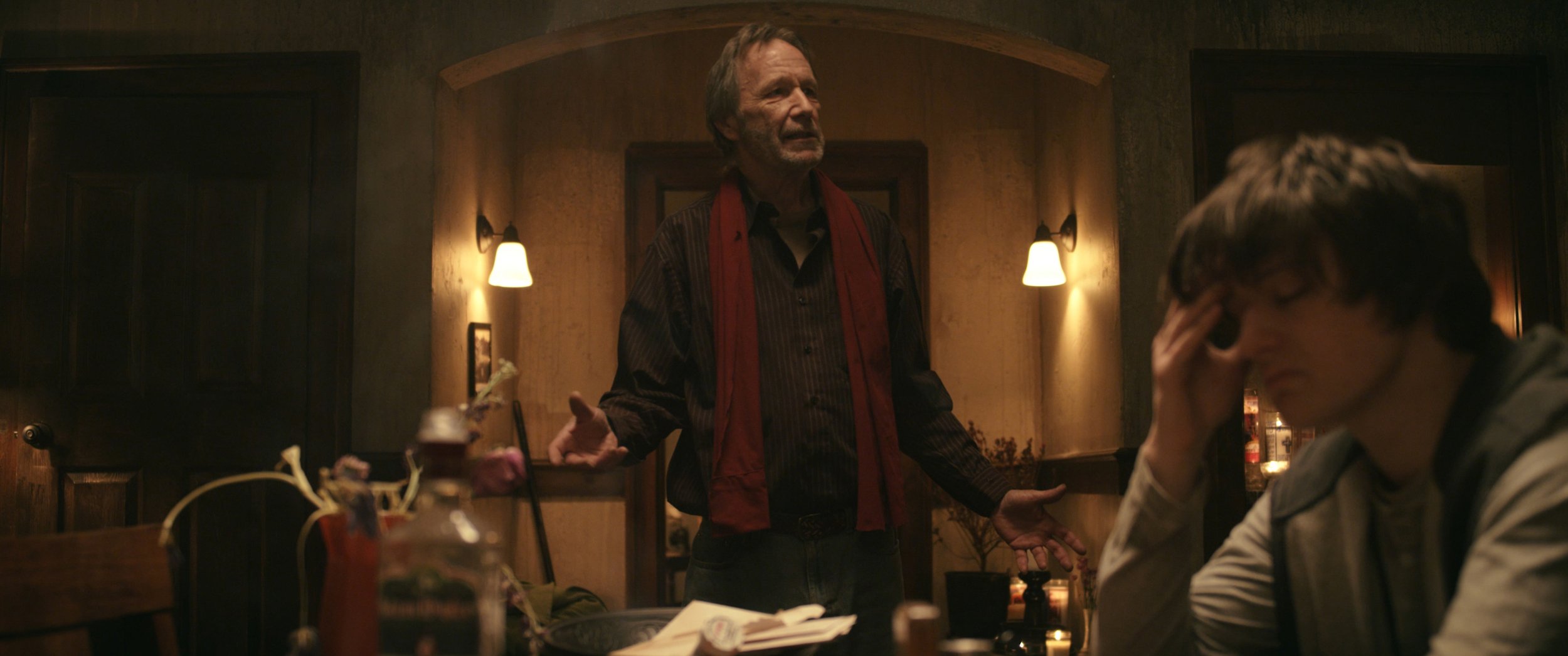

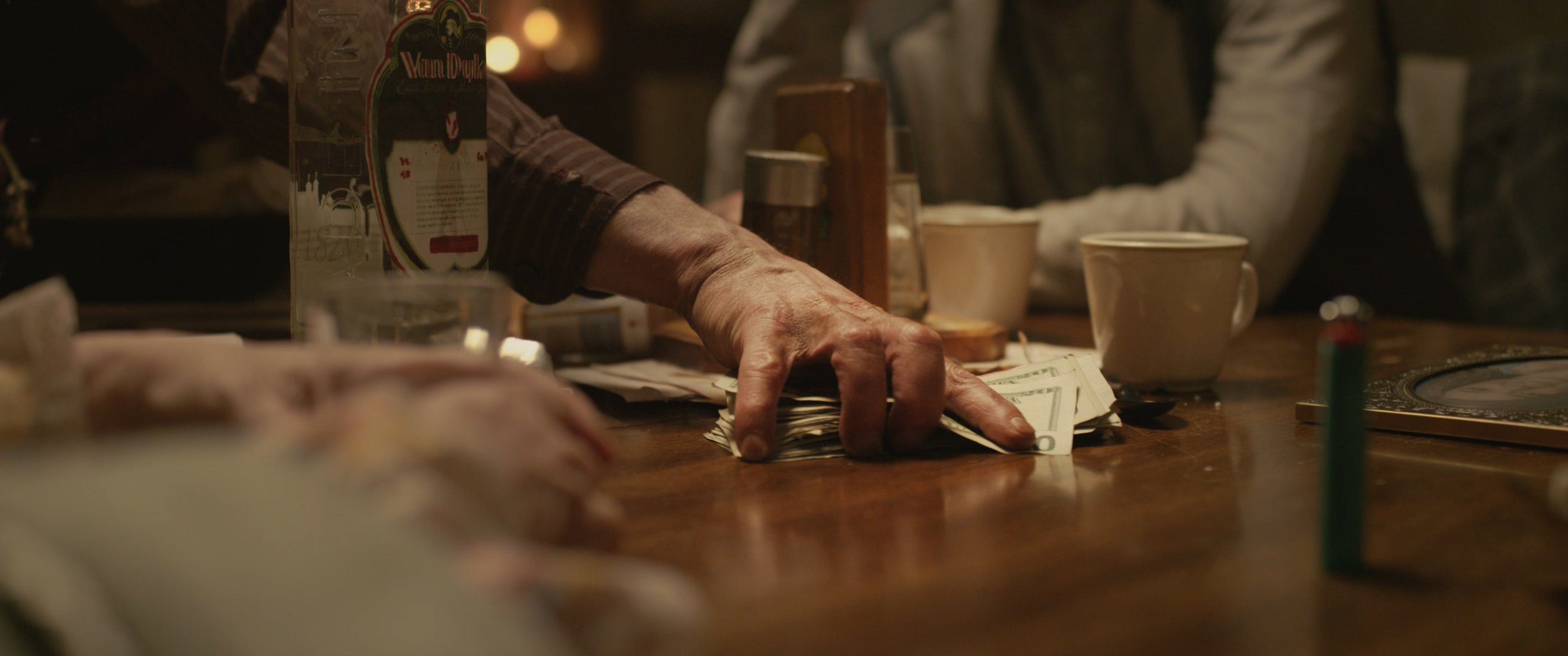
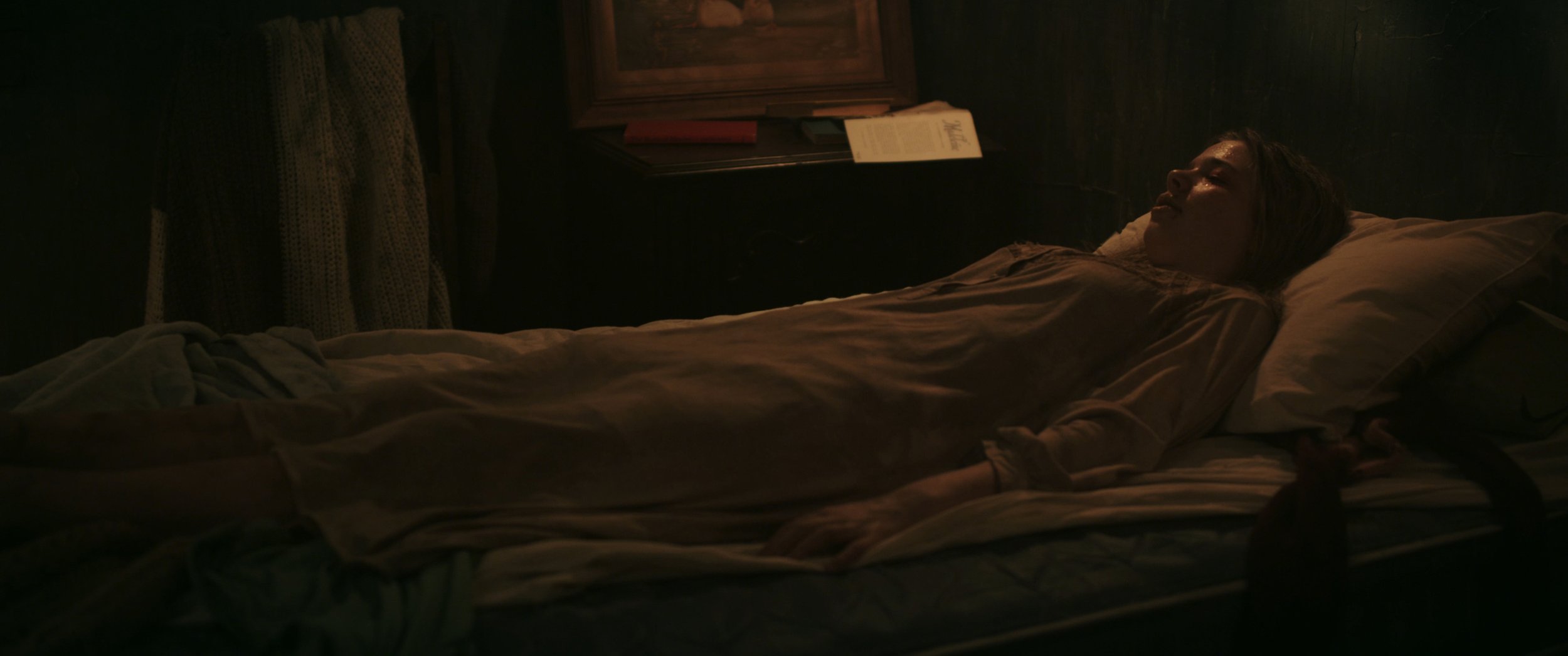








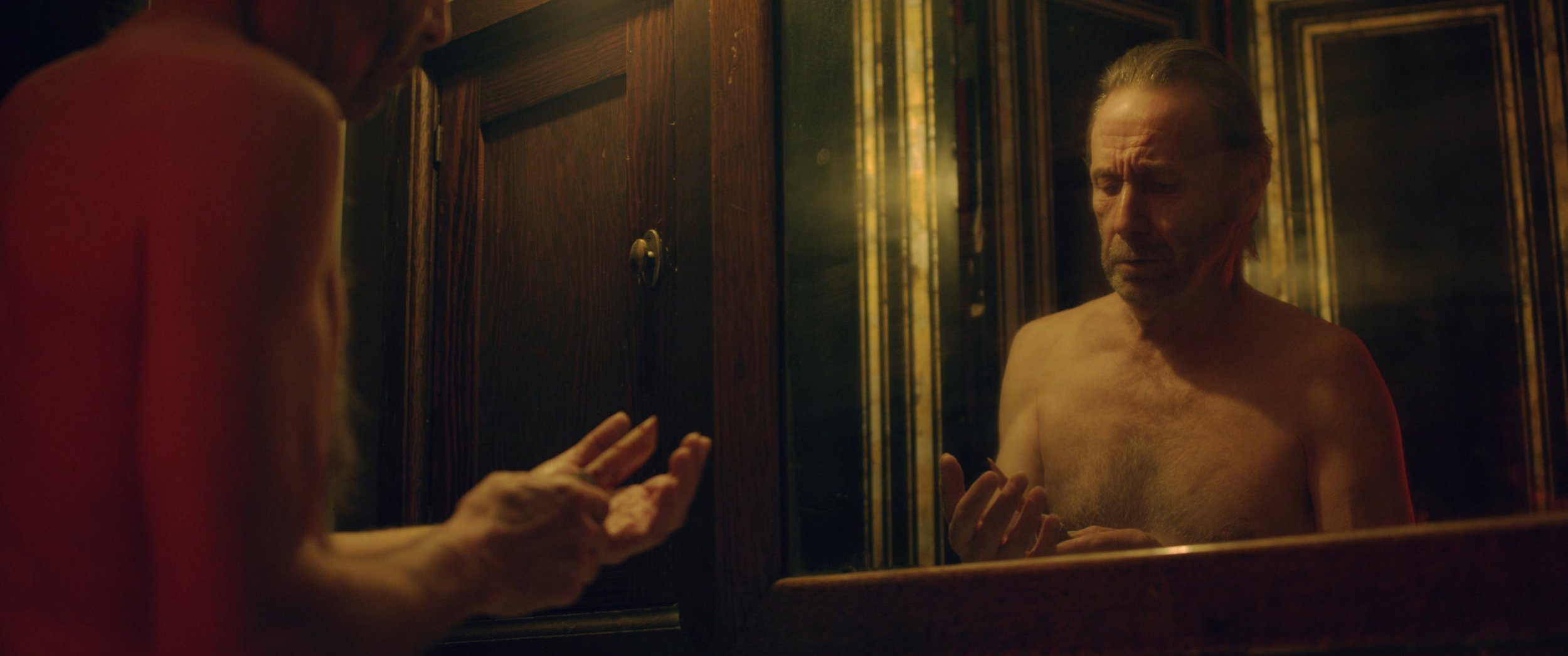




For example, for the long oner that pushes over the dining room table to a closeup of our lead actor John Forman, we took a very old and outdated camera jib that we got from Detroit Public Television after they closed their downtown stage. The thing weighed way too much to be transported around, was probably primarily used in the 1950s or 60s for massive tube TV cameras, and needed a ton of repairs. We also didn’t have a remote focus, so our 1st AC Lance Mokma — who sadly passed away this year — was a trooper pulling focus with a whip like the old days. We pulled a lot of favors from friends and colleagues for sets, costumes, and GE. A few things that added production value, like the lightning over the motel, were totally by chance, just the film gods looking out for us.
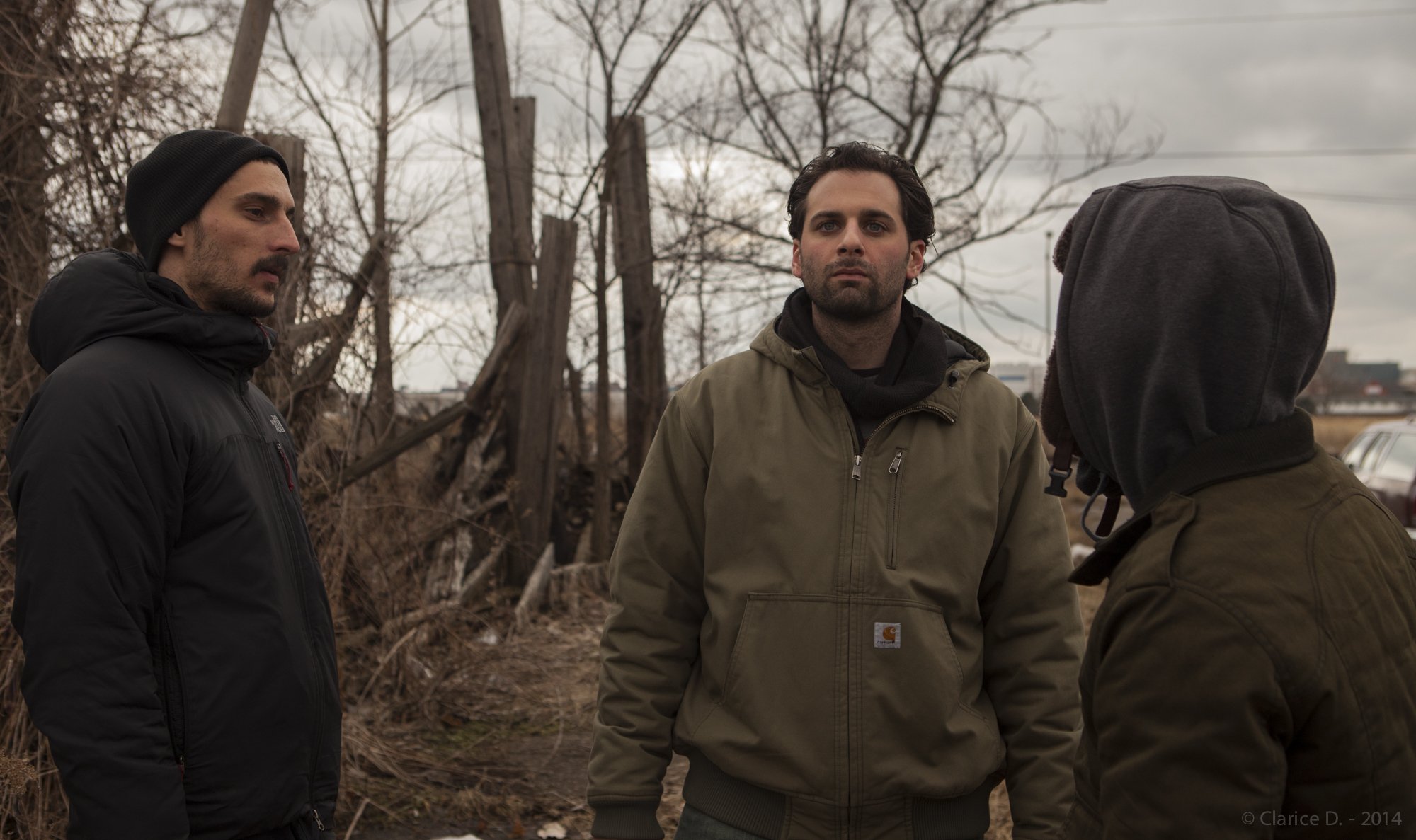





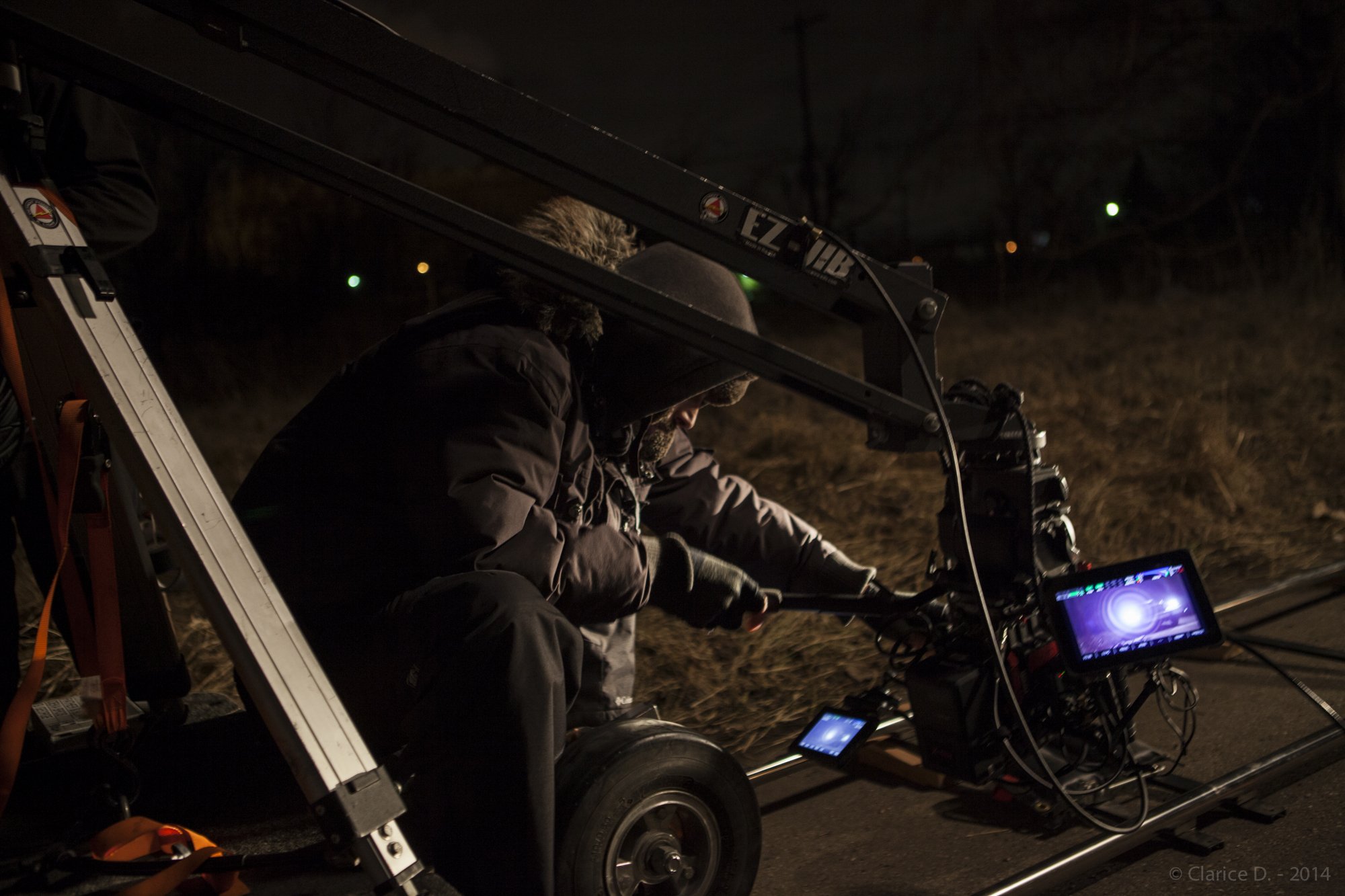





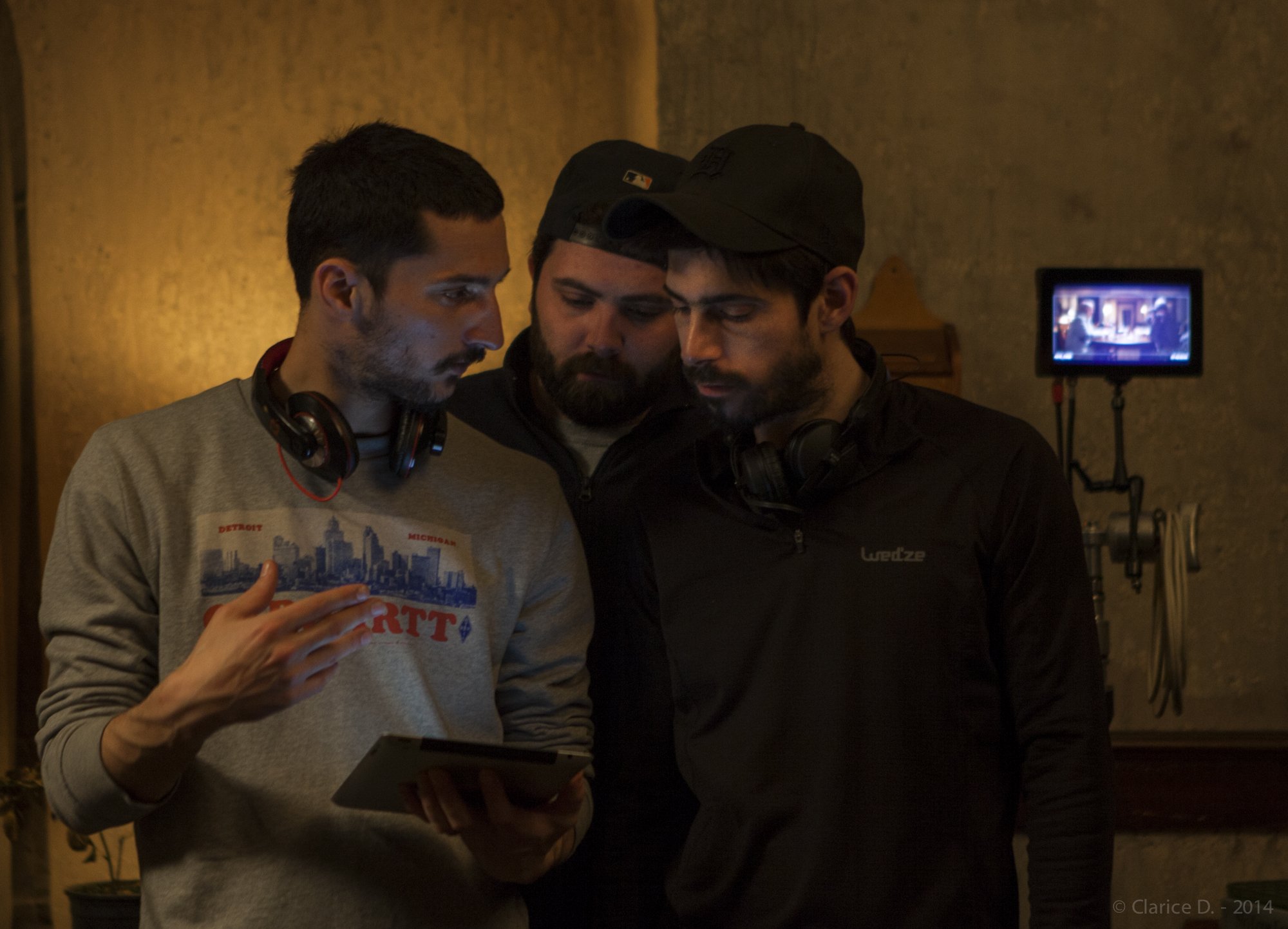
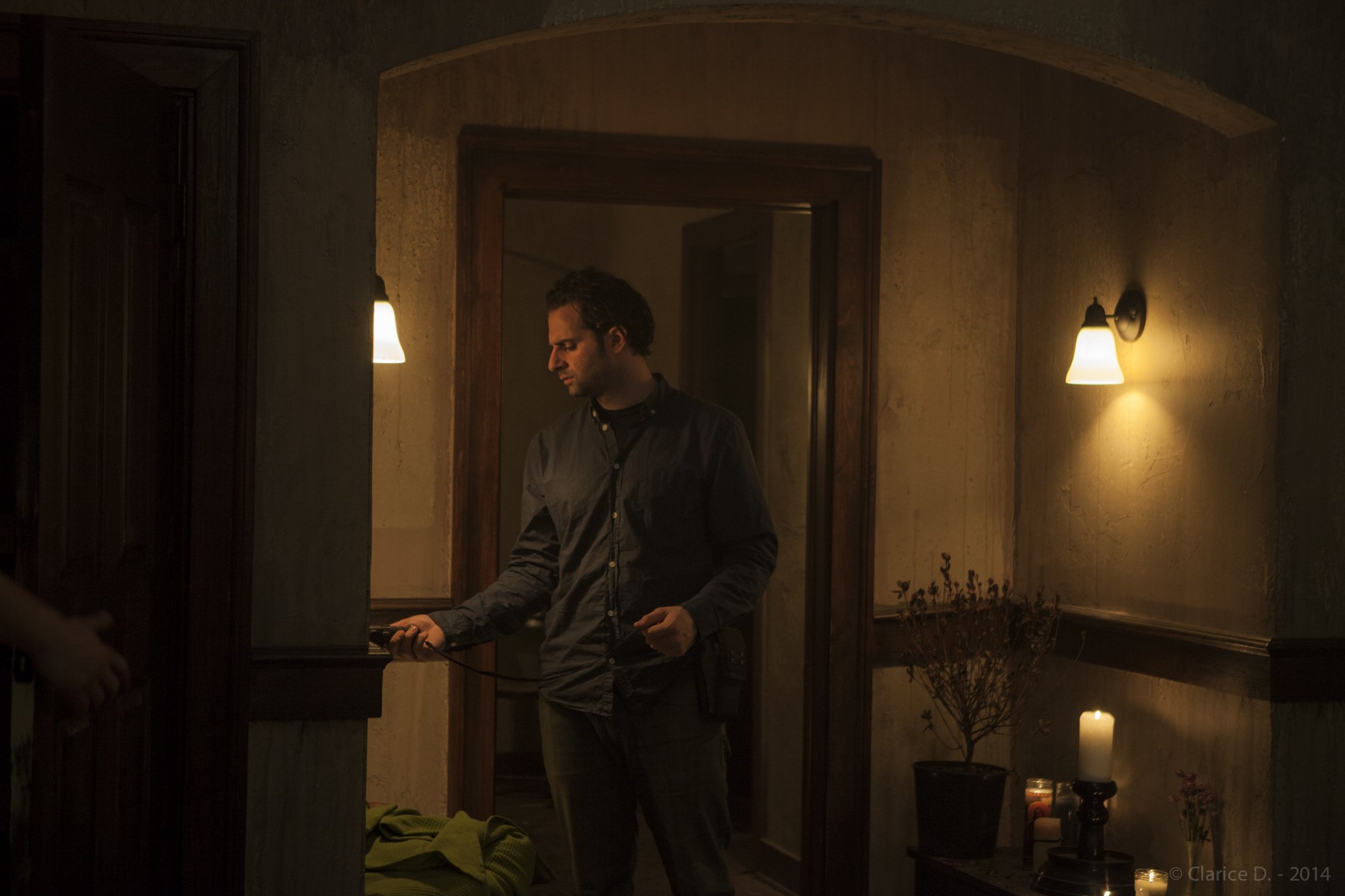








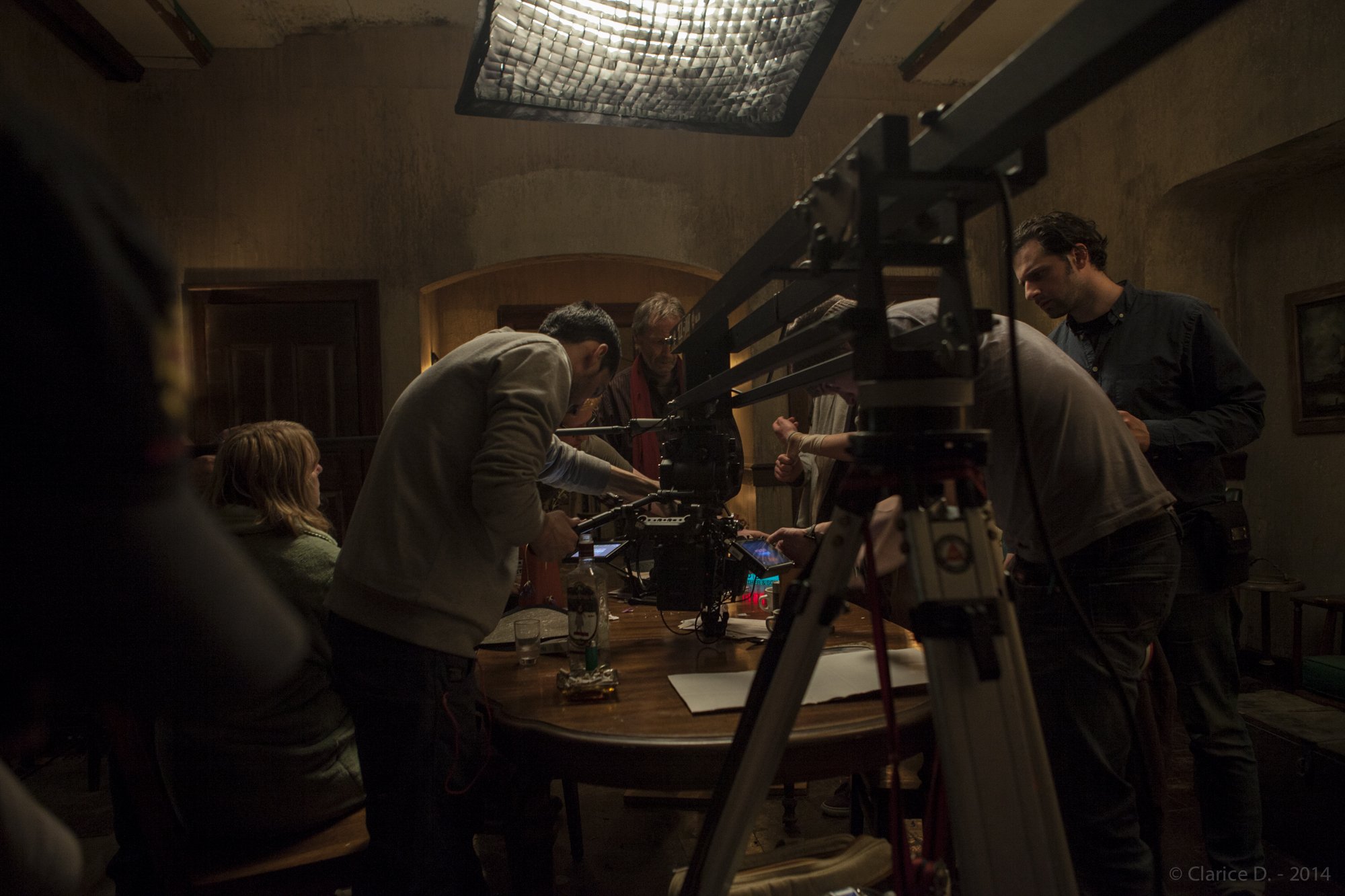






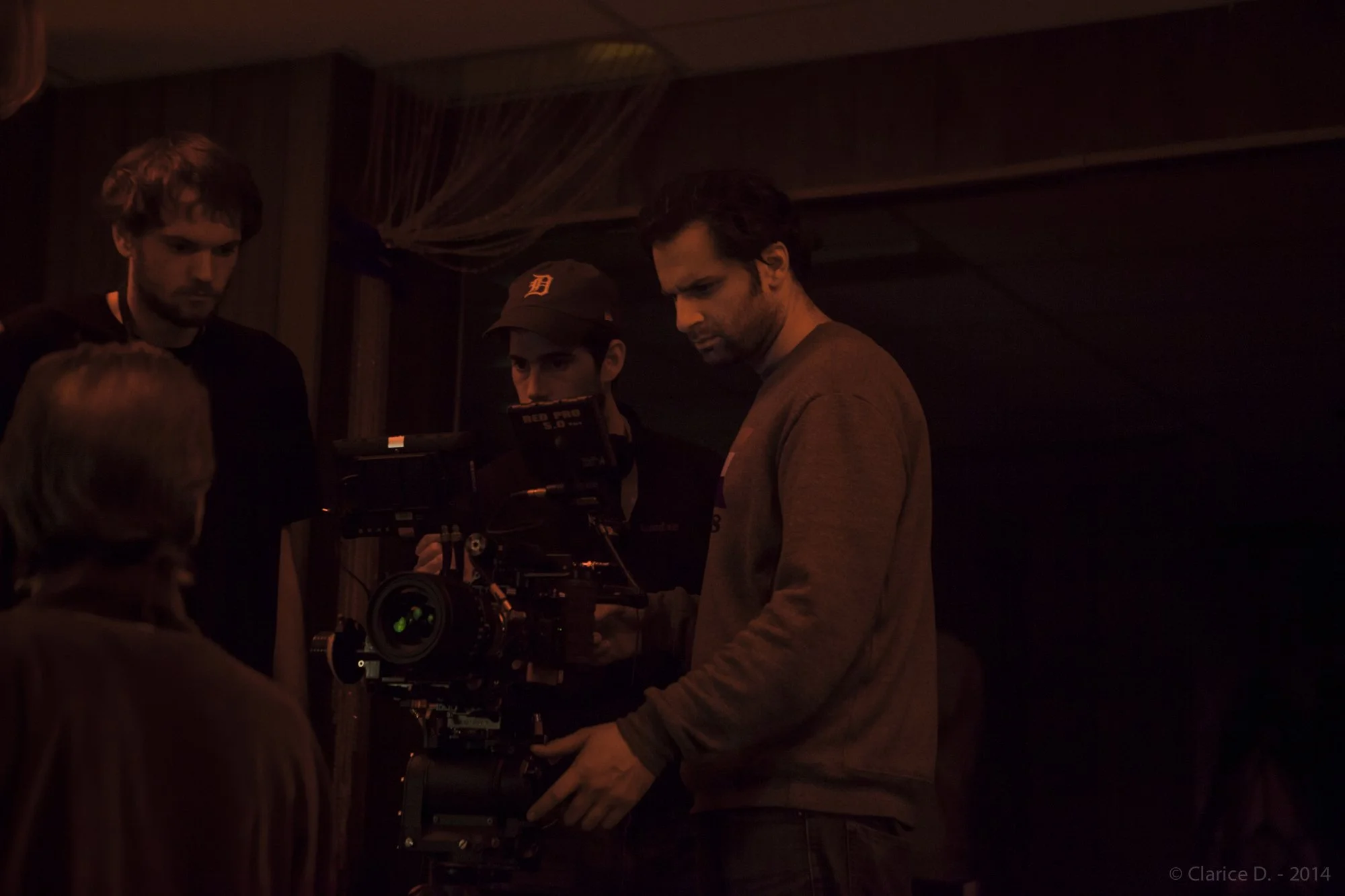











This is the kind of synergy you have to tap into on passion projects. But if you take your time, find ways to achieve your shots within your means, and push your look, you can achieve great images and compelling stories.
NEER Artist Geoff George won the ICG Emerging Cinematographer of the Year award for his work on “My Blood.” Check out more from Geoff George here.






